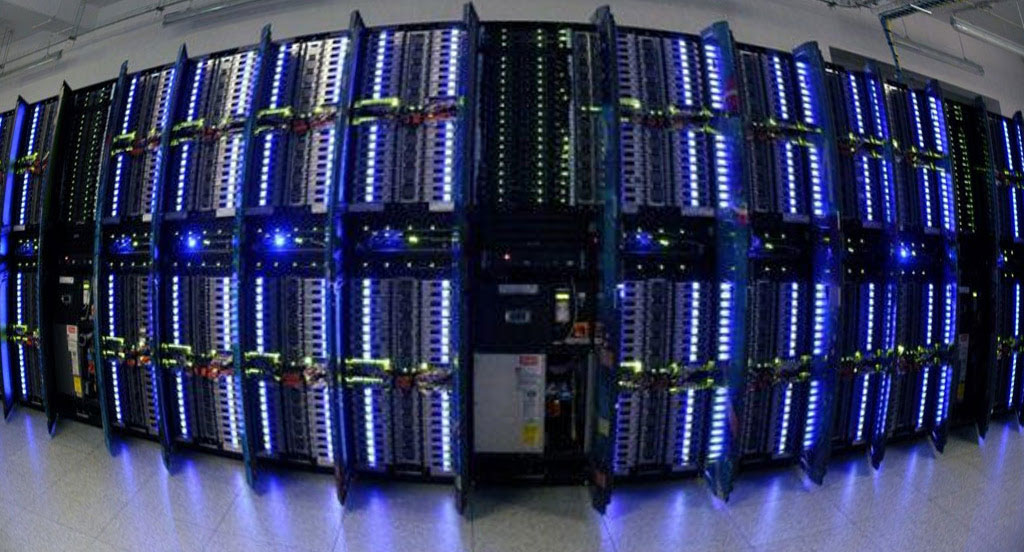
Prometheus Supercomputer – ACK “Cyfronet” AGH
We are fond of numerical computations. Several years ago we started to develop software for supercomputers located in High Performance Computing centers ACK “Cyfronet” AGH in Cracow and TASK in Gdańsk, Poland. These clusters consist of hundreds of nodes and thousands of processors interconnected with ultrafast IfiniBand network. Our favorite programming languages are C, C++, Python and Java. We optimize our programs with inline assembler blocks, vector instructions, multithreading and parallelization by means of OpenMP and MPI technologies. It makes us experts who are able to fully utilize advantages of floating point types, distributed architecture and concurrent algorithms for simulation of physics. The Group takes advantage of the Open Source software, especially numerical libraries, e.g. GNU MP, Class Library for Numbers, GNU MPFR, GNU Scientific Library, OpenBLAS, NumPy, data visualization systems (OpenDX) and plotting tools (gnuplot, Asymptote, Matplotlib).
We are especially proud of two software packages. The first one, MQSVIS [1,2], was developed to model multiphoton quantum states of light produced in the parametric down-conversion process (PDC) and its variants, including the high-gain regime. This is one of the most important sources of quantum light employed in the labs worldwide. Mathematical formulas describing the PDC as well as optical elements include the Gauss hypergeometric function 2F1(a, a; 1/2; z) of fractional arguments a and a moderate value of the z parameter. We assumed the closed form of this special function does not exist and worked out our own algorithms which evaluate it. Mathematicians from Wolfram Research have recently found new methods of computing closed forms of similar expressions [3]. However, there is more to the MQSVIS package than evaluating 2F1 since it allows for efficient and precise simulation of the whole experimental setups. It can be downloaded from the library of the Comp. Phys. Commun. journal.
The second software package is EPCGP [4]. Its goal is numerical modeling of exciton-polariton superfluid in an optical cavity. Our algorithm solves a set of Gross-Pitaevskii differential equations with a modified Runge-Kutta method and allows to trace the dynamics and high-order correlations present in this inherently non-equilibrium system. The program is universal: it takes into account the compound nature of light-matter interactions (the Hopfield coefficients) and the spin of quasiparticles. It allows to observe vortices, customize laser pumping and set a time-dependent potential. We have already used it to find the prerequisites for localized wave packets, the “X waves”, which are capable of lasting long and moving without the dispersion. This software is available at http://cpc.cs.qub.ac.uk/summaries/AFBQ_v1_0.html.
[1] A. Buraczewski, M Stobińska, Numerical model for macroscopic quantum superpositions based on phase-covariant quantum cloning, Comp. Phys. Commun. 183, 2245 (2012).
PDF
[2] A. Buraczewski, Specialized numerical algorithms for precise computation of sums of hypergeometric series used in modeling of macroscopically populated quantum states of light, Faculty of Electronics and Information Technology, Ph.D. thesis (Warsaw University of Technology, 2014).
[4] O. Voronych, A. Buraczewski, M. Matuszewski, M. Stobińska, Numerical modeling of exciton-polariton Bose-Einstein condensate in a microcavity, Comp. Phys. Commun. 215, 246 (2017).
PDF


